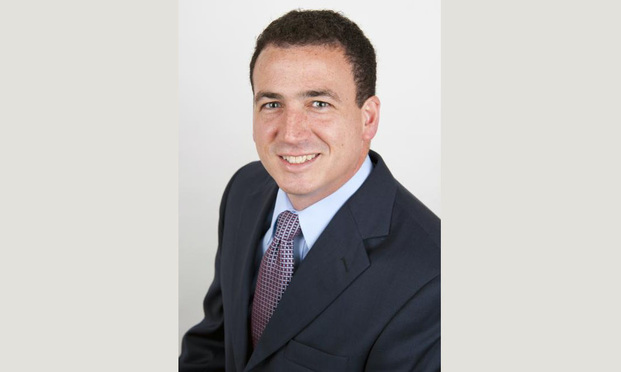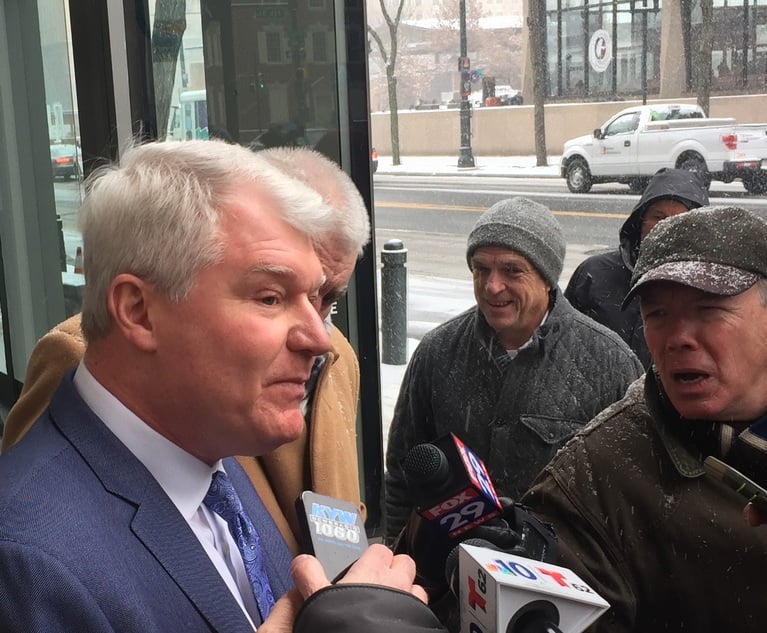Estate planning strategies such as family limited partnerships and gifts to charitable trusts are part of an estate planning professional’s toolbox to achieve client goals such as minimizing taxes, effectuating philanthropic plans, teaching younger generations about a family business and passing on wealth. In the best-case scenario, attorneys and their clients have time to review how the plan will work, allow younger generations to evaluate their role in the plan, evaluate the goals it will achieve, and recognize any risks associated with the plan. Whether a client’s estate is of a significant amount or of a more modest size, recent experience with COVID-19 highlights the need for individuals to take care of their planning while they have time to consider all issues involved versus rushing to implement a plan when there is a serious illness or fear of one driving their actions. These concerns are magnified, of course, when one must consider federal estate and gift tax issues. A recent memorandum opinion by the U.S. Tax Court provides an example of a last-minute, complex plan that may have been doomed from the start or headed off the rails in its implementation. See Estate of Howard V. Moore v. Commissioner of Internal Revenue, Docket Nos. 21209-09, 22082-09 (U.S. Tax Ct. April 7, 2020).
Background
Howard Moore, the decedent, owned a large amount of property and operated a successful farm. Moore was admitted to the hospital with a critical illness in December 2004 and was discharged to hospice care that same month with advice that he only had a short time to live. Within a matter of days, Moore contacted an attorney who was able to design an estate plan consisting of a family limited partnership (FLP), a living trust, a charitable lead annuity trust, a trust for his adult children, a management trust that acted as the general partner of the FLP and an “Irrevocable Trust No. 1”designed to act as a conduit for the transfer of funds from the FLP to a charitable foundation. The decedent survived for a few months after creating these entities, but succumbed to his illness in March 2005. At the time he died, assuming no taxable gifts during a person’s lifetime, the amount excluded from federal estate tax for an individual amounted to $1,5 million. With somewhere between $8 to $20 million in his estate and a top estate tax rate of 47% at the time, the goal of saving estate taxes must have seemed important enough to pay his attorney $320,000 for designing the plan.


 Joseph Frabizzio of Robson and Robson.
Joseph Frabizzio of Robson and Robson.




